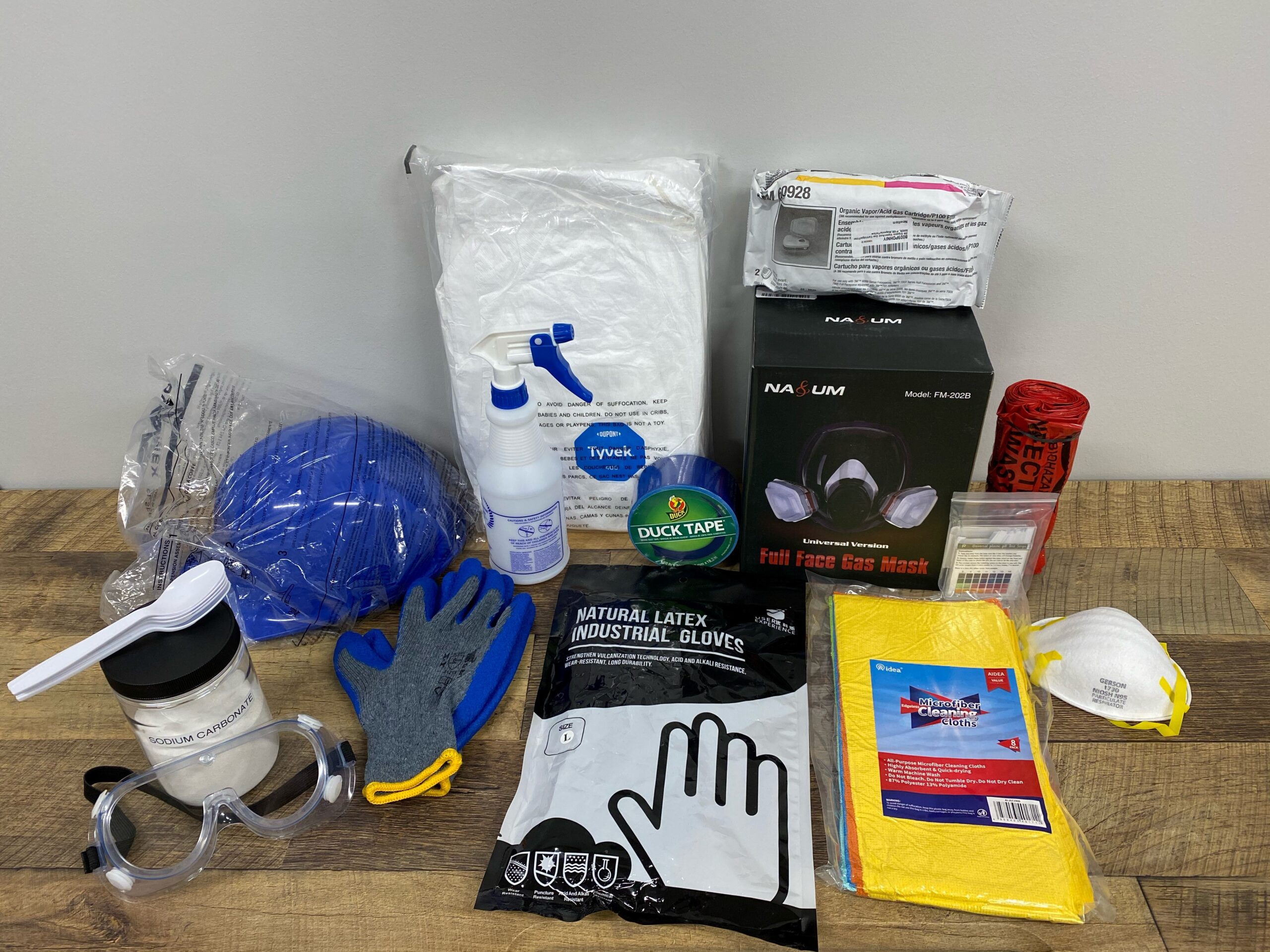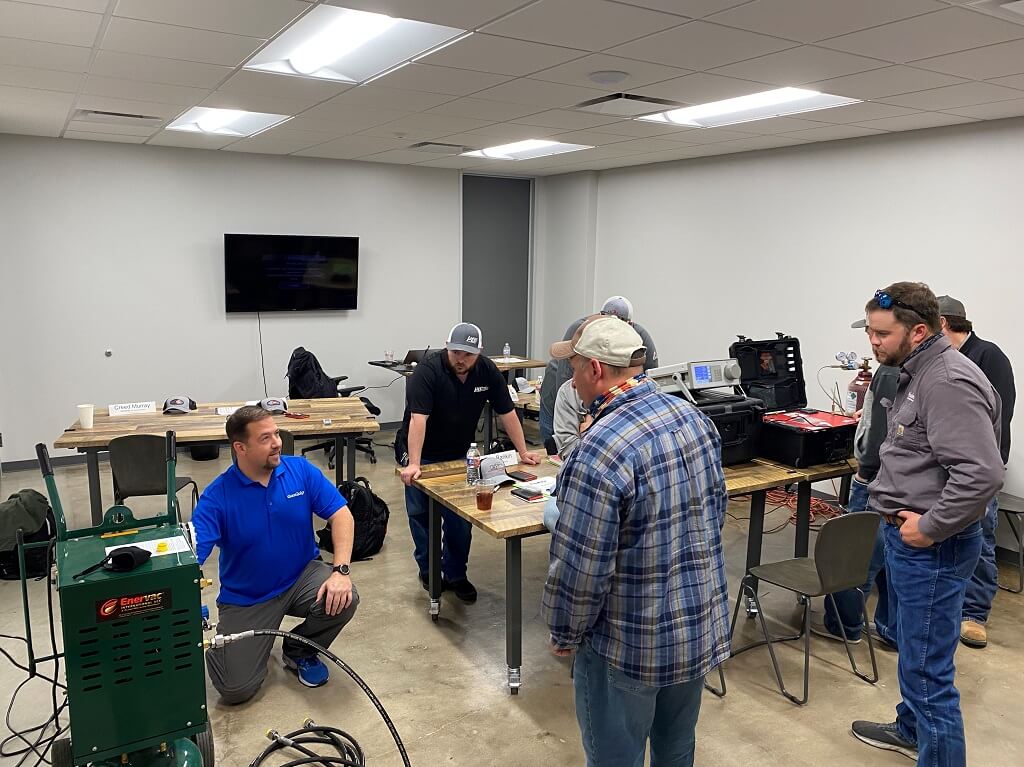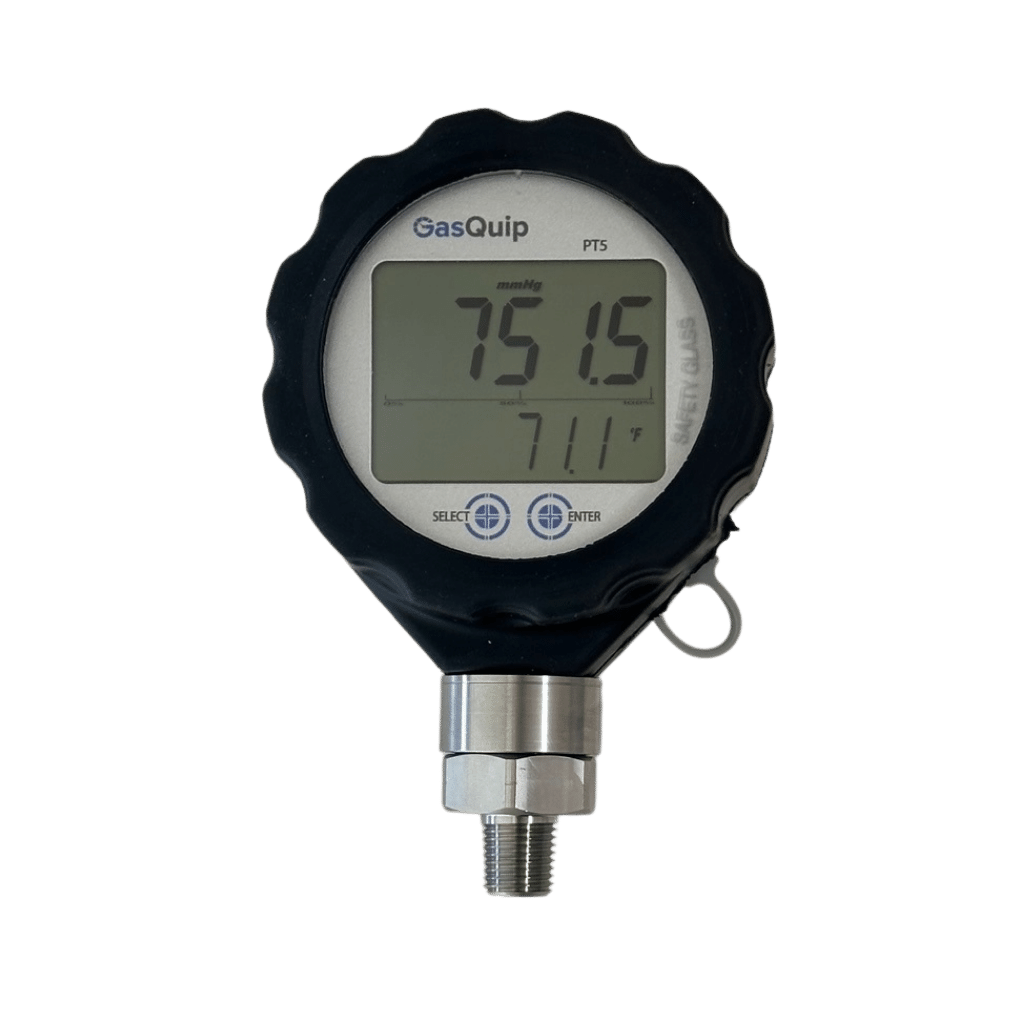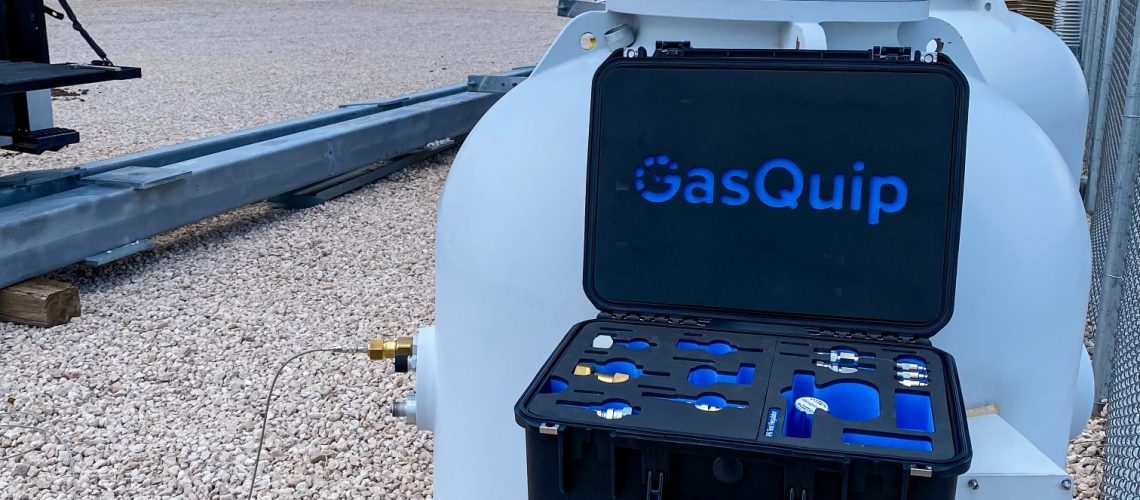Safety Precautions
When working with SF6 gas circuit breakers, it is imperative to prioritize safety. Adhering to the following safety precautions will help protect yourself and others during the maintenance process:
- Personal Protective Equipment (PPE): Wear appropriate PPE, including safety goggles, gloves, and protective clothing, to shield yourself from potential hazards. Respiratory protection, such as a mask or self-contained breathing apparatus (SCBA), may be required if there is a risk of arc byproduct exposure.
- Ventilation: Perform all maintenance activities in a well-ventilated area or use local exhaust ventilation systems to ensure the proper circulation of fresh air. SF6 gas, when released, can displace oxygen and lead to asphyxiation if concentrations exceed safe limits.
- Gas Handling: Handle SF6 gas cylinders and equipment with care, following the manufacturer’s guidelines. Avoid dropping or damaging cylinders to prevent leakage. Ensure proper storage and transportation of SF6 gas cylinders, adhering to local regulations.

Recovery of SF6 Gas
The recovery process involves extracting SF6 gas from the circuit breaker for recycling or disposal. Follow these steps for efficient and safe gas recovery:
- Prepare the Circuit Breaker: De-energize the circuit breaker and ensure it is in a safe state for maintenance. Follow lockout/tagout procedures to isolate the circuit breaker from power sources.
- Connect Recovery Equipment: Use specialized recovery units designed for SF6 gas to connect to the circuit breaker’s gas compartment. These units consist of compressors, filters, and a gas storage tank (commonly referred to as a gas cart).
- Evacuate the Gas: Start the recovery unit’s compressor and/or vacuum pump and initiate the gas recovery process. The compressor and vacuum pump create a vacuum in the circuit breaker’s gas compartment, drawing SF6 gas into the recovery unit.
- Monitor Gas Recovery: Use the recovery unit’s pressure gauges or monitoring system to track the gas recovery progress. Ensure that the recovery process continues until the desired gas recovery level is achieved.
- Prevent Gas Leakage: Monitor for any signs of gas leakage during the recovery process. Inspect all connections and fittings for tightness. Utilize gas leak detection equipment, such as soap solution or electronic detectors, to identify potential leaks and take appropriate action.

Evacuating the Circuit Breaker
Evacuating the circuit breaker removes any residual gas or impurities, ensuring a clean and dry environment. Follow these steps for effective vacuuming:
- Connect Vacuum Equipment: Attach a vacuum pump to the circuit breaker’s gas compartment through the appropriate connections. Use hoses and fittings designed for vacuum applications.
- Start Vacuum Pump: Activate the vacuum pump to create a vacuum inside the circuit breaker. Follow the manufacturer’s instructions for the specific vacuum levels required for optimal evacuation.
- Monitor Vacuum Levels: Keep a close eye on the vacuum gauge to ensure the desired vacuum level is achieved and maintained. Vacuum levels are typically specified by the manufacturer or industry standards.
- Duration of Vacuuming: Maintain the vacuum for a sufficient duration to evacuate all residual gas and moisture effectively. The duration can vary depending on the circuit breaker’s size and design, as well as the desired level of evacuation.
- Release Vacuum: Once the desired vacuum level is reached and maintained for the specified duration, close the circuit breaker’s gas compartment and release the vacuum on the cart by shutting off the vacuum pump.

Filling the Circuit Breaker with SF6 Gas
After vacuuming, the circuit breaker needs to be refilled with SF6 gas to the appropriate pressure. Follow these steps for safe and accurate gas filling:
- Check Equipment Readiness: Ensure the SF6 gas cylinders or gas carts are in good condition and properly connected to the circuit breaker’s gas compartment. Verify that the cylinder valves are closed before proceeding.
- Connect Filling Equipment: Use the appropriate hoses and fittings to connect the SF6 gas source (cylinder or gas cart) to the circuit breaker’s gas compartment. Ensure all connections are secure and leak-free.
- Open Cylinder Valve: Slowly turn the pressure regulator to allow SF6 gas to flow into the circuit breaker. Follow the manufacturer’s guidelines to achieve the recommended filling pressure.
- Monitor Gas Pressure: Continuously monitor the gas pressure inside the circuit breaker’s gas compartment using pressure gauges. Adjust the filling process to maintain the required pressure range. If using a gas cart to help the filling process, ensure the compressor kicks on to help move the gas from the cylinder to the breaker.
- Prevent Overfilling: Exercise caution to avoid overfilling the circuit breaker with SF6 gas. Follow the manufacturer’s instructions or industry standards to determine the appropriate gas volume required for the specific circuit breaker.
*TIP – SF6 cylinders “freeze up” as gas escapes the cylinder, and the gas flow will become very slow. Always utilize a cylinder heater to warm up the cylinders prior to starting the filling process.

Leak Testing and Final Checks
After filling the circuit breaker with SF6 gas, it is crucial to conduct leak testing and perform final checks to ensure the integrity of the system. Follow these steps:
- Leak Testing Methods: Employ various leak detection methods to identify any gas leaks. Common techniques include using gas leak detection sprays, handheld electronic leak detectors, or infrared cameras. Apply the chosen method to all connections, valves, and seals.
- Address Gas Leaks: If a leak is detected, isolate the circuit breaker and rectify the issue before proceeding. Consult the manufacturer’s guidelines or seek professional assistance to repair the leak and ensure the circuit breaker’s gas tightness.
Maintenance Record Keeping
Maintaining accurate records of all maintenance activities is essential for tracking the history and performance of SF6 gas circuit breakers. Record the following information:
- Date and duration of the maintenance procedure.
- Gas quantities recovered and filled.
- Gas pressure levels during the process.
- Any observed abnormalities or issues encountered.
- Details of leak testing results and subsequent actions taken.
- Results of mechanical and electrical checks.
Looking for an SF6 gas cart? We’re in development of our own small gas cart. Reach out to us to let us know you’re interested in trying it out!

